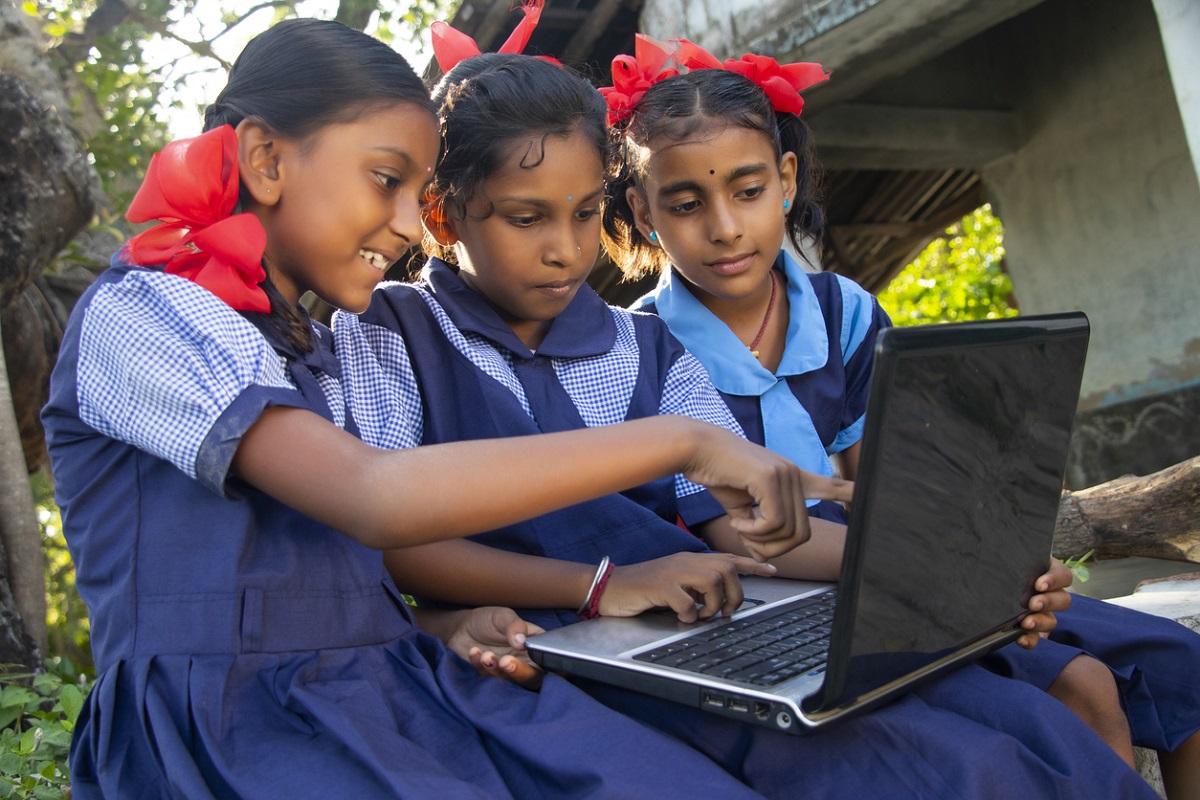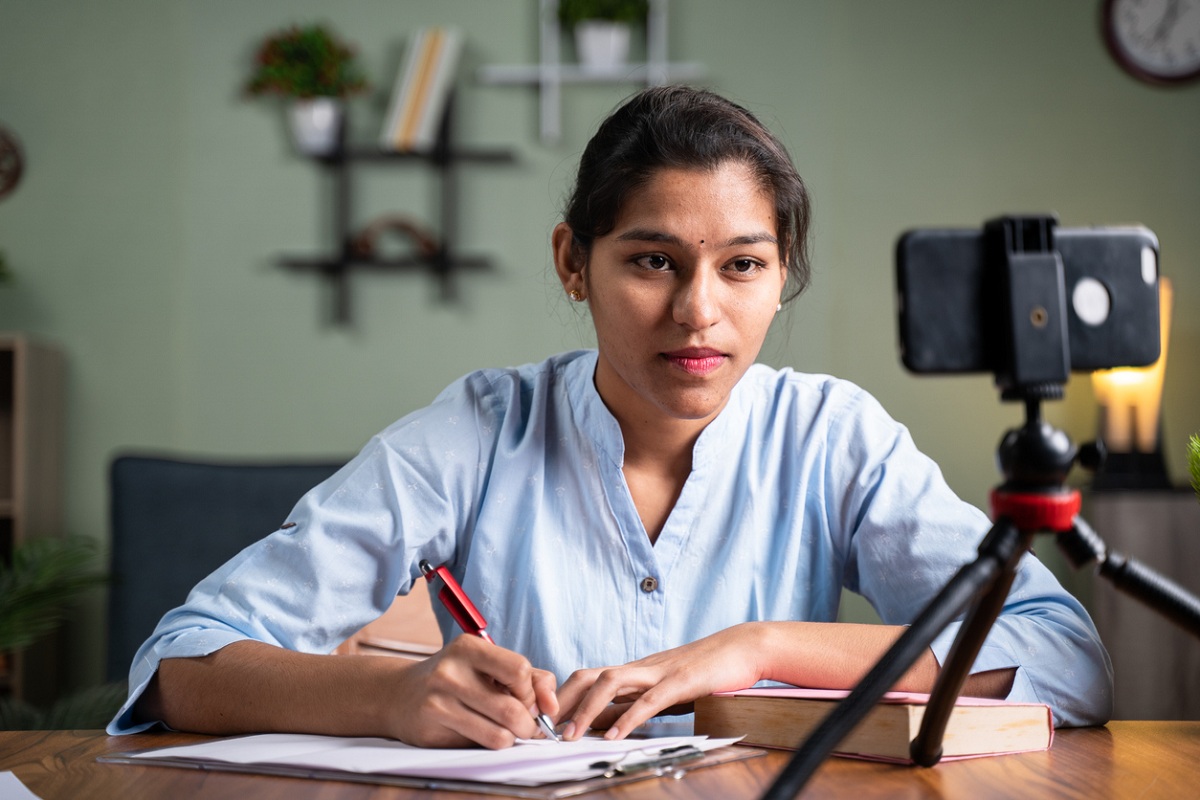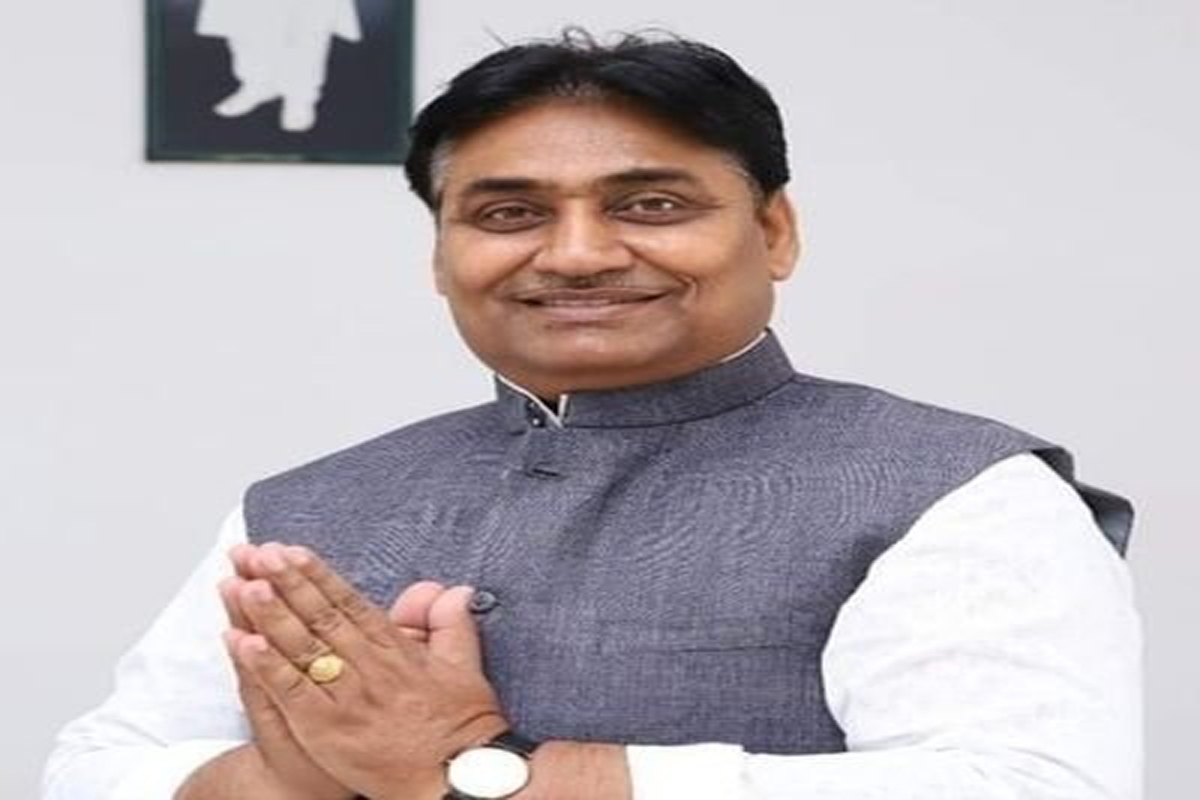A paradigm shift in online education segment
There is definitely an opportunity with online learning, both financially and in terms of the impact possible.

There is definitely an opportunity with online learning, both financially and in terms of the impact possible.

In late 2019, the unprecedented Covid-19 pandemic led to the temporary closure of schools and educational institutes across countries, affecting the learning journeys of millions of students.

In the pandemic year, most Indians spent over 522 hours on online education on average, and over 738 hours on infotainment, a new report showed.

‘The Paused Classroom’, a report on understanding the educational situation specifically pre-school and elementary education during COVID-19 in Odisha by ‘Save the Children’, stated that out of 67,128 government elementary schools in the State, only 27.68% have initiated online education so far.

The decision has been taken keeping in experts view that children face no threat from the virus. However, all Covid protocols will be followed. Children from small villages have no exposure to online education and hence, opening schools is necessary, said officials adding that SOPs will be released soon by the Home Department.
In India, it is expected to grow from 90 million individuals in FY20 to 133 million individuals by FY25.
Thakur said with these channels, one more facility for online studies have been made available to students in the state.
The phones will be equipped with various smart features such as touch screen, camera and pre-loaded government applications like 'e-Sewa App' with e-content related to Class XI and Class XII, as approved by the department of school education.
I cannot imagine my parents thinking of me as part of a generational cohort or discussing how the lockdown is going to impact a whole generation.
The inherent difficulties in accessing this post-modern matrix has now been underlined by two UN entities ~ Unesco and Unicef, both entrusted with the advancement of learning, science and culture.